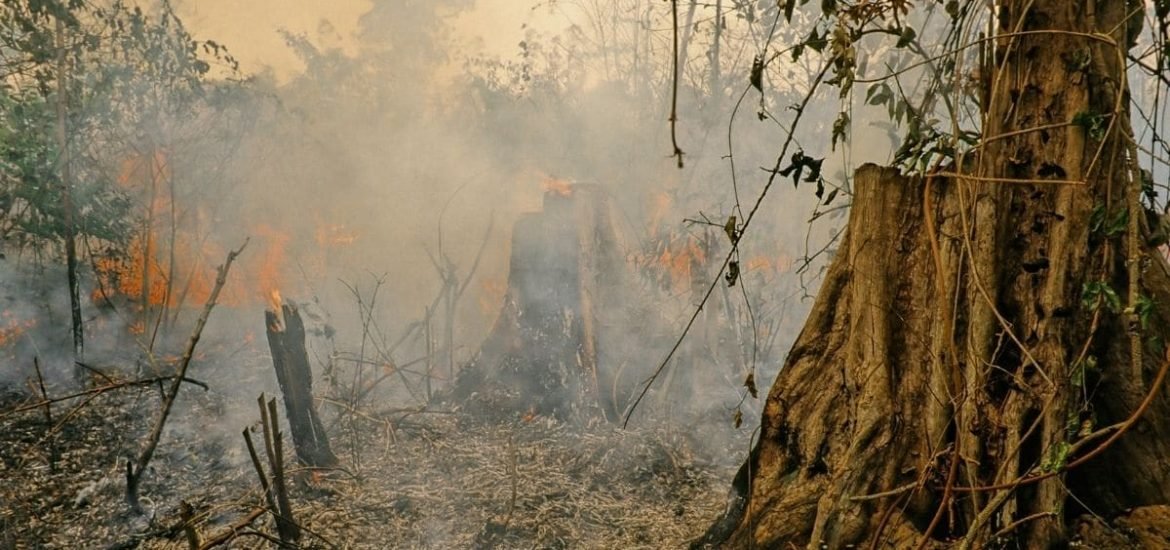
Deforestation and climate change are pushing the Amazon Rainforest towards a tipping point, beyond which destruction of this critical ecosystem could be irreversible, scientists say. Nearly half of the Amazon Rainforest could transition into savannah by the end of the century, according to a new study published on 5 October in Nature Communications (1).
The team of researchers, led by the Stockholm Resilience Centre, used computer models to simulate where forests might exist in tropical regions across Africa, the Americas, Asia, and Australia, starting from no forest at all and then assessed the ability of forests to regenerate once trees are lost.
The results suggest that more than one-third of the Amazon Rainforest could disappear by the end of the century. “In around 40 per cent of the Amazon, the rainfall is now at a level where the forest could exist in either state – rainforest or savanna,” explained lead author Arie Staal in a statement. And it would take decades to turn those regions back into forests. This so-called tipping point, although not inevitable, is becoming increasingly more likely.
The authors report that the ability of forests to regrow once trees are lost significantly decreases with rising greenhouse gas emissions. This creates a feedback loop: as forests become drier, more trees will burn, further reducing the forest’s ability to make rain, and increasing its susceptibility to climate change and more fires.
“Drier conditions make it harder for the forest to recover and increase the flammability of the ecosystem”, Staal told the Guardian. “It is harder to return from the ‘trap’ caused by the feedback mechanism in which the open, grassy ecosystem is more flammable, and the fires, in turn, keep the ecosystem open”.
The team found that under current climate conditions, the Amazon could likely partially recover from complete deforestation. Although it may lose that ability in climates likely to occur later this century – as global emissions increase, the Amazon Rainforest will lose its resilience as it dries out and becomes more a savannah-type ecosystem.
The Amazon Rainforest is home to millions of species and acts as a critical carbon sink, thereby mitigating the effects of climate change. Millions of people rely on the region for food, water, air, and shelter. The shift from closed-canopy rainforest to savannah could have dramatic consequences for both the region and the planet as a whole.
Rainforests are unique self-regulating ecosystems. The Amazon Rainforest generates its own rainfall by releasing moisture into the atmosphere, which forms low-level clouds. However, rainforests are highly sensitive to changes in moisture levels. Continued deforestation – which surged in 2019 following Brazilian President Jair Bolsonaro’s removal of environmental protections – could hinder this ability to self-regulate.
As rainforests shrink in size, their ability to generate rainfall decreases making them more vulnerable to drought and fires, the authors say. This year has seen the worst fires seen in a decade ravage large areas of the Amazon Rainforest.
(1) Staal, A. et al. Hysteresis of tropical forests in the 21st century. Nature Communications (2020). DOI: 10.1038/s41467-020-18728-7